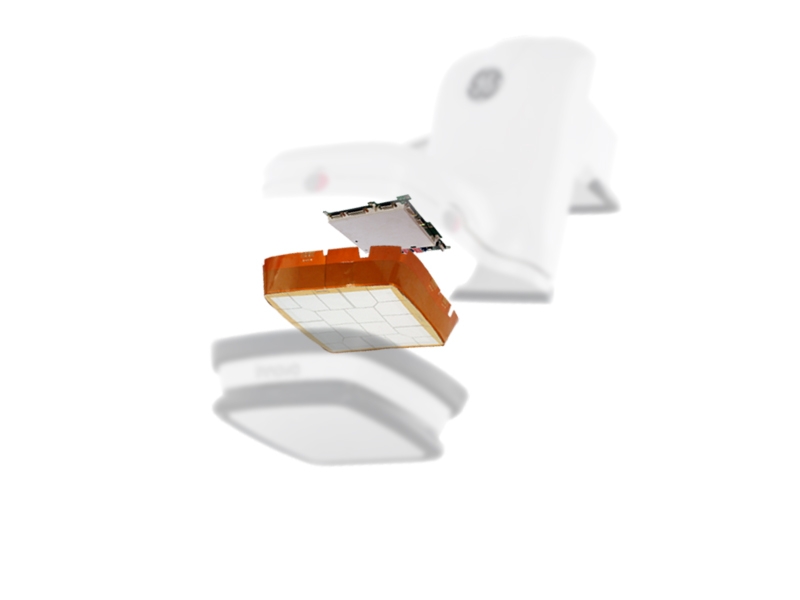
Measuring systems
SENSKIN
Advanced anti-collision systems

Purpose & use cases
FOGALE’s SENSKIN anti-collision systems are based on advanced capacitive proximity sensors integrated into flexible or rigid surfaces (Smart Skins). These systems are designed to:
- Detect human presence, surfaces, and objects in real time
- Adapt robot or machine behavior before contact occurs
- Enable machines to continue operation safely, not just stop
- Improve ergonomics, footprint and productivity
- Replace physical barriers or cages in collaborative workspaces
Architecture & key components
Embedded Capacitive Sensors
- Flexible or rigid sensing structure
- Measures distance up to 20 cm and pressure contact
- Compatible with safety functions (ISO 13849 category 3 achievable)
Signal Conditioning Electronics
- Embedded microcontroller with real-time filtering
- Calibrated output: presence, proximity, pressure, direction
- Compatible with industrial and robotic control systems
Mounting & Protection
- Installs under plastic covers, in robot joints or mobile surfaces
- Protected by rubber, thermoplastic or composite materials
- Can be shaped for arm, wrist, base or gripper integration
Proven applications
- Collaborative robots (cobots): Safe interaction with operators
- Medical imaging systems: Patient and staff protection during motion (e.g. C-arm)
- Industrial automation: Mobile systems or robot arms operating without cages
- Logistics and warehouse AGVs: Obstacle detection and proximity mapping
- Aerospace / defense test benches: Safety in remote manipulation
- Food industry: pick & place applications
Key Advantages
- True pre-contact detection: no physical impact required
- Invisible sensing, visible safety: no camera or LIDAR needed, no blind spots
- Ergonomic & space-saving: no fences, more flexible layout
- Resilient to light, vibration, and EMI
- Robust in complex environments (surgical rooms, factories, labs)
Services Available
- Sensor and shape co-design for specific robots or machines
- Embedded software support and safety validation
- System tuning, calibration, and validation
- Integration into robotic cells or medical OEM systems
- Pre-series or pilot programs for qualification